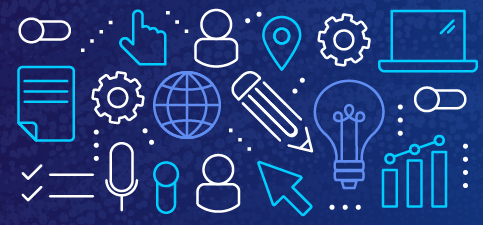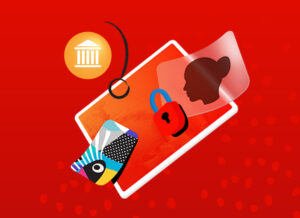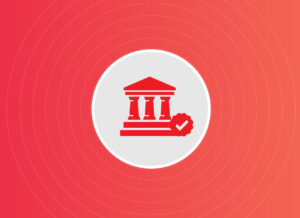2020 was a year marked by expedited change, as businesses and agencies pivoted to offer remote services and perform remote work. This movement prompted state and local governments to rethink the way they offered citizen services in a rapidly-expanding digital capacity, a trend that is not unexpected. In the most recent National Association of State CIO survey, advancing digital services ranked number two in priorities after cybersecurity. The move towards digital services is thus one that can be capitalized on in the current moment.
Many state and local governments are utilizing the pandemic as a way to implement new technologies, new services, and new means of connecting citizens with their governments. Security and services remain at the forefront of government priorities, and as vaccines roll out and offices reopen, governments now consider how digital citizen services can continue evolving to best suit their citizens’ needs.
Building from Service Success
The pandemic led to state and local governments racing to improve their digital infrastructure in the face of overwhelming usage, yet there is now a chance to improve upon these systems for a post-pandemic future. Agencies who may have once hesitated in applying advanced concepts now see them as a valuable addition to the digital citizen service experience. Chatbots, for example, were utilized to ease pressure on call centers in Vermont who struggled to keep up with citizen questions and demands. Now, chatbots answer more questions and direct more citizens than human employees, and can be trained to respond better as situations change.
Technology such as chatbots can be embraced as a long-term, post-pandemic solution, rather than as a means to solve a temporary problems. These new ideas and products help to rethink the digital citizen experience, as governments look back at what was successful for their agencies during periods of high-volume interactions with citizens. The technologies implemented last year in countless agencies will not disappear with the pandemic. Instead, they should lay the groundwork for rethinking how digital citizen services can best serve those that need them.
Overcoming the Digital Divide
One effect of the pandemic is the exposure of digital inequality or the “digital divide,” where some citizens have access to the latest and cheapest connectivity options while others in underserved parts of a state struggle with aging, slow, or nonexistent internet infrastructure. As technology continues to evolve and services take up more and more broadband, rural state and local communities risk being disconnected as their outdated connectivity options dwindle and languish.
State and local governments have thusly implemented new methods of bridging the digital divide and providing critical citizen services to all. Some states, such as Maine, work to provide broadband connectivity to every public library and university center in the state, allowing citizens to access networks publicly from even parking lots. Others, like Maryland, are rethinking how to provide access to rural or mountainous areas, where fiber may not be installed. Maryland in particular is working to utilize low-orbiting satellite systems scheduled to come online within a year, to bridge the digital divide and give rural citizens a connection to their state and local government. With the pivot to digital citizen services, government agencies can now focus on overcoming a pre-pandemic problem, and making it easier for all in the state to access their services, no matter where they reside.
Rethinking How Services Are Provided
Before the pandemic, digital citizen services were an afterthought to more traditional face-to-face methods. Now, this dichotomy is flipped. Many citizens want to engage not only with digital means of obtaining services, but engage in a timely and convenient manner.
One way to rethink digital citizen services is to create a singular system, where a single account is needed to access anything a citizen requires. Having a central portal system for multiple agencies can streamline citizen’s goals, for whether someone needs to renew their fishing license or create a business. By implementing a central portal, citizens can find what they need, without having to know the structure of their government and pinpoint which agency offers which service.
State governments should also consider making things simpler in not just the way citizens find agencies, but also making it easier to interact with what agencies provide. Programs that auto-renew a driver’s or fishing licenses until a citizen chooses to stop, as Mississippi and Maine have done, streamline what once was a sometimes-complicated process. If such digital services are streamlined now, if they are redesigned to make life and tasks easier for citizens, then they will be utilized more often in the post-pandemic period and eventually become just another fact in digital citizen services.
Visit our resource hub to view other resources for the Legacy Modernization webinar series and how governments and technology companies modernizing to improve accessibility and functionality of digital citizen services.







